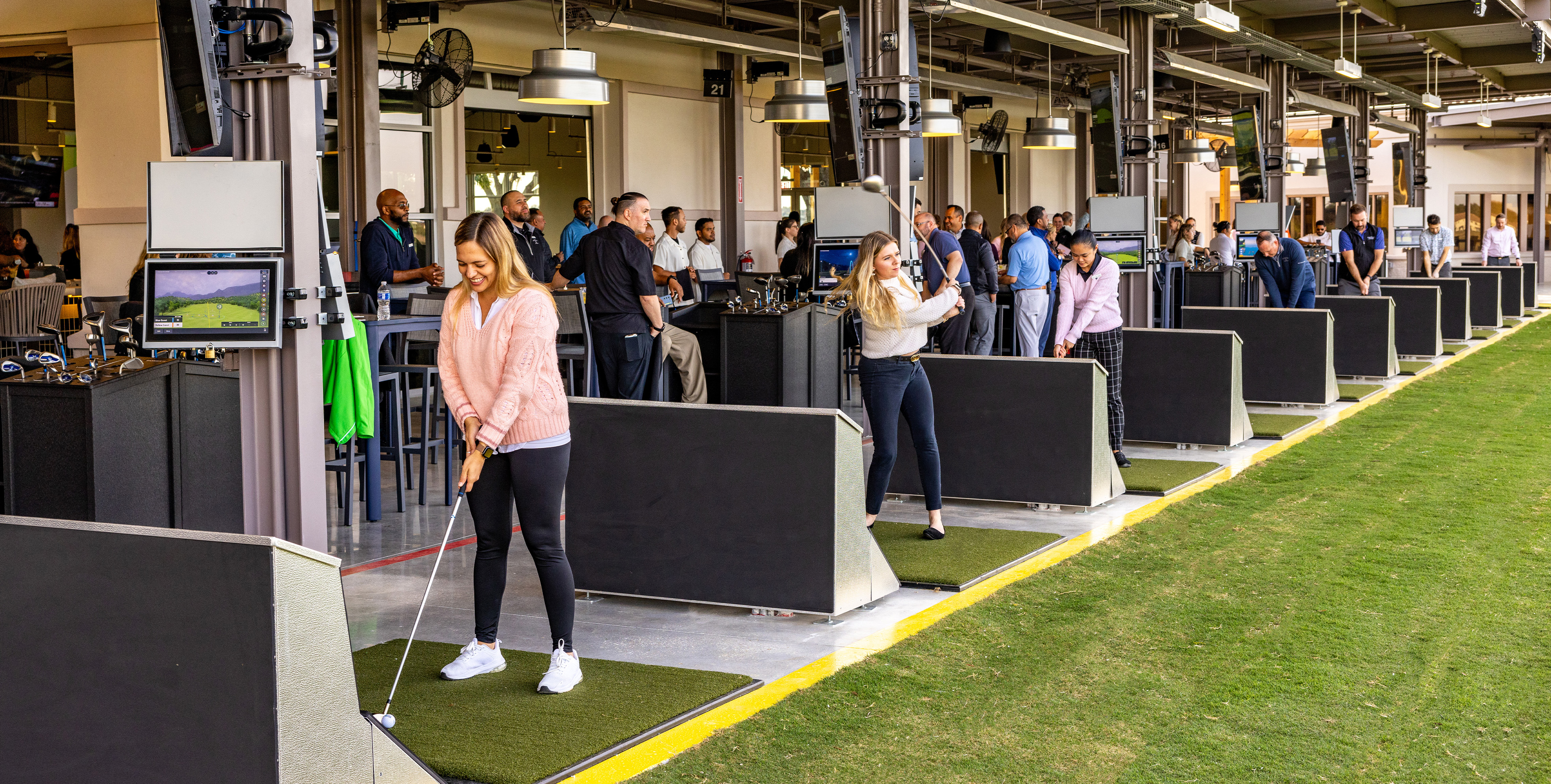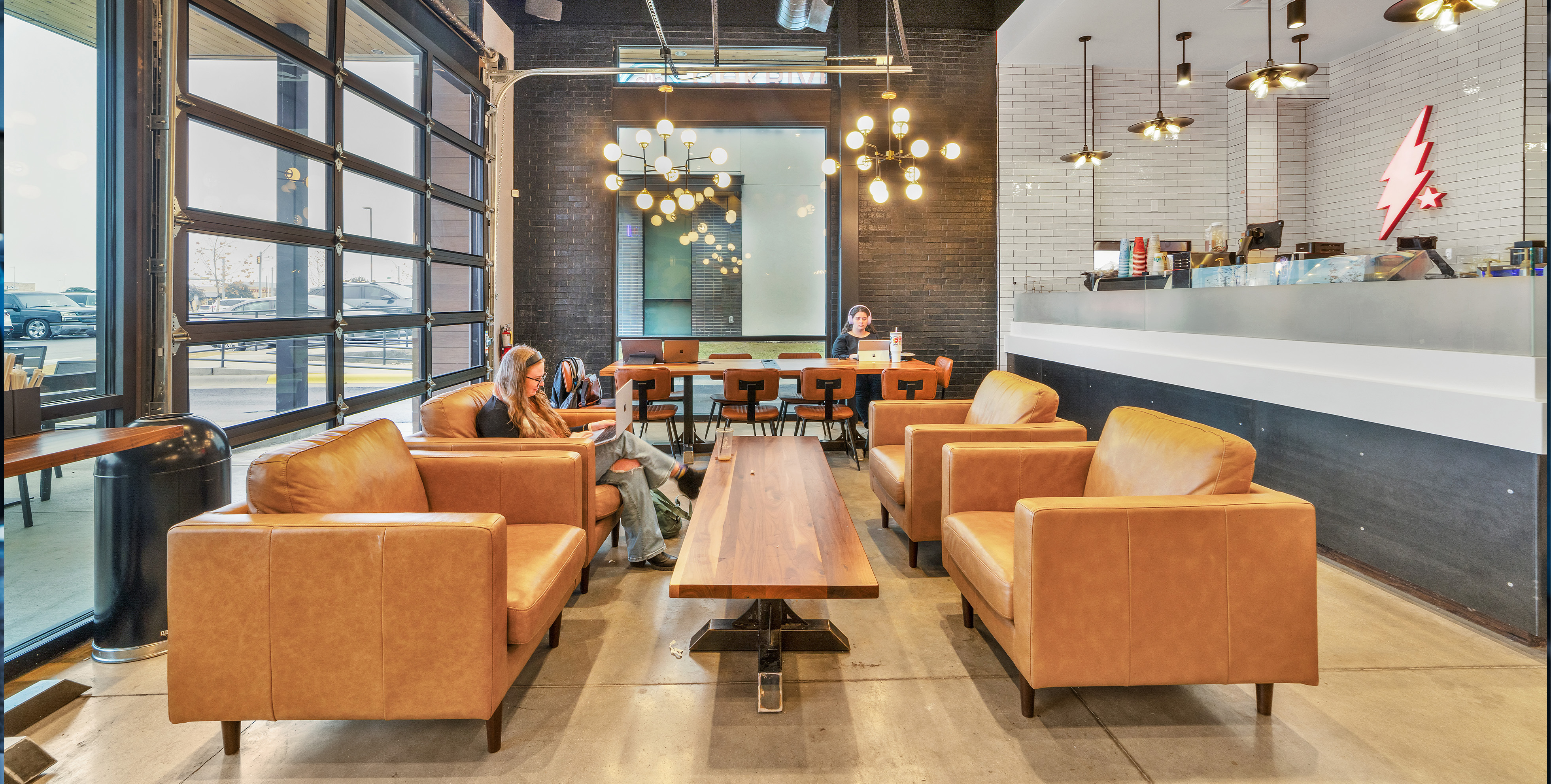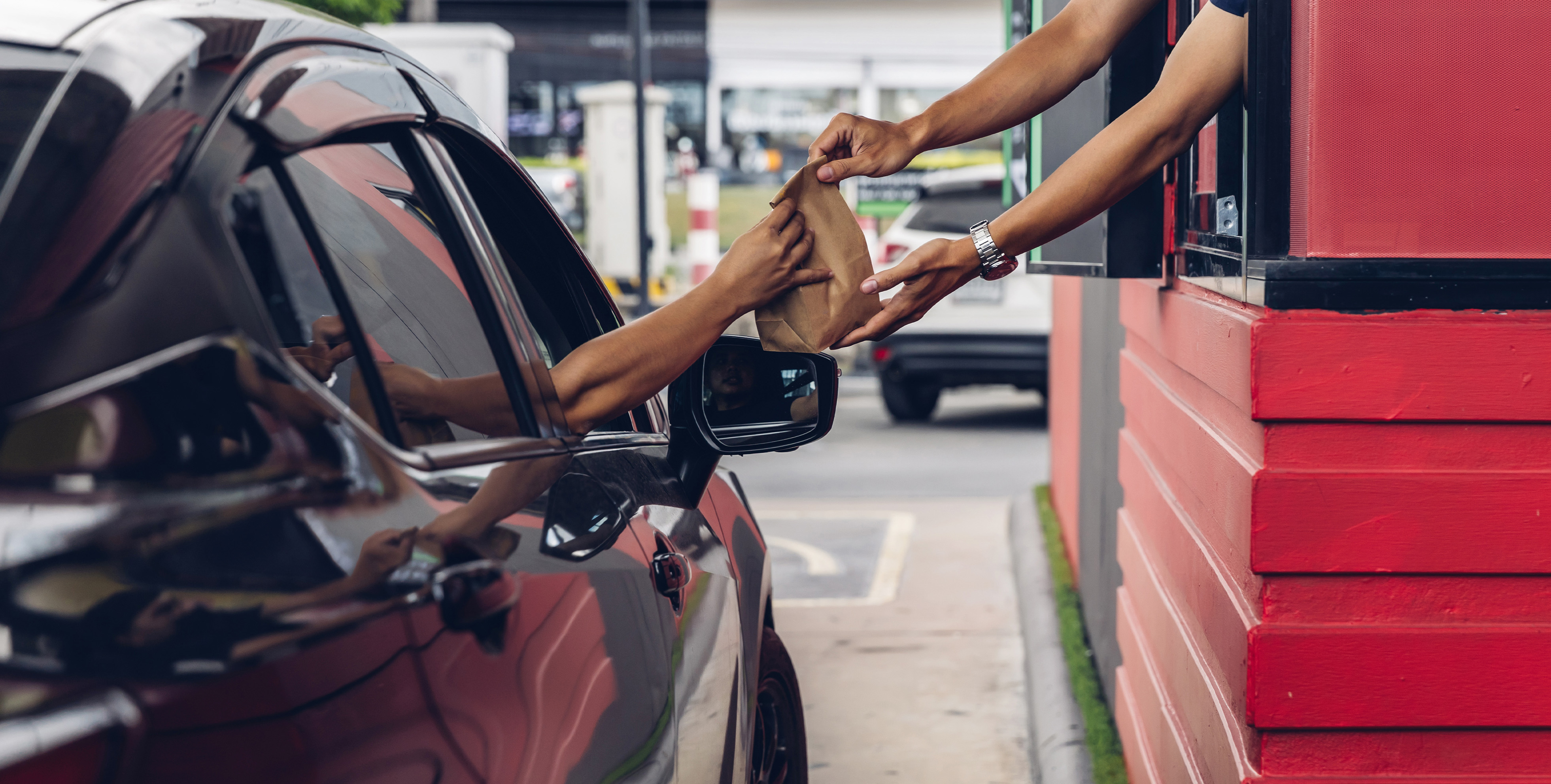Customer’s Tastes Are Changing
Times are changing, and with that comes a change in customers' tastes. Not just in terms of the kind of food they like, but how that food reaches them. Post-COVID-19, customers are now accustomed to more convenience than ever before. From curbside pick-up options from almost any restaurant in town to the rise in Uber Eats, DoorDash, and Grubhub delivery services, how restaurants feed their customers looks different. Ghost kitchens and virtual brands have given rise to a new era in the restaurant industry, and it’s not just limited to QSRs (Quick Service Restaurants), either.
What is a Ghost Kitchen?
At a fundamental level, a ghost kitchen, also known as a "dark kitchen" or delivery-only kitchen, is just that: a kitchen that maintains a brand presence but solely focuses on a delivery-only concept rather than catering to in-person diners. These kitchens have an advantage over other brick-and-mortar restaurants trying to juggle in-person dining and maintaining a carry-out or delivery service. Ghost kitchens can optimize their workforce and focus solely on delivery orders. By doing one thing well, they can minimize distractions and maximize profits in a time when finding waitstaff and other consistent employees is proving difficult.

What Are the Advantages of Ghost Kitchens?
While ghost kitchens were a budding trend before COVID-19 hit, the pandemic and the resulting post-pandemic mindset have only accelerated the progress and popularity of this niche facet of the restaurant industry. Customers increasingly want what they want, and they want it fast. With so many employee retention issues and the rising cost of real estate nationwide, many restaurants are looking to ghost kitchens to revive their business model. Here are a few other advantages of ghost kitchens:
Lower Overhead Costs
Not only do restaurants operating in the ghost kitchen space have to hire minimal "front of house" staff, they also do not have to worry about maintaining the rental prices for a traditional brick-and-mortar location. Many ghost kitchens work with specific companies that rent out industrial kitchen spaces, allowing tenants to provide the kitchen equipment and set up shop in a smaller, more robust area for a fraction of the price. Because branding is less important in these spaces, costs can be aimed at the most critical aspects of their business: kitchen equipment, fresh ingredients, and employing kitchen staff.
Faster Delivery Times
There’s nothing that can kill a restaurant faster than bad food. But the next worst thing? Bad service. With the “pop-up” nature of ghost kitchens, restaurants can set up shop in virtually any area of town, allowing them to slash delivery times in half in some cases. The whole process, which is purely a digital experience, can be much quicker from initial order to delivery, which, combined with quality food, keeps customers coming back for more.
Optimized Menu
Ghost kitchens are also known for smaller, more simplified menus. For instance, instead of juggling 40 original menu items a customer might choose, like a typical brick-and-mortar restaurant, a ghost kitchen specializes in a handful of options they know they can make well every time. This way, the food quality stands up to the time it takes to get to the customer, and a bonus is less money spent on rarely used ingredients and, ultimately, less food waste.
Online Marketing
Because ghost kitchens aren't reliant on a traditional "store-front," there's no need to rely on traditional marketing to get people in the door. Instead, restaurants can put marketing dollars into online marketing pushes with major third-party delivery apps like Grubhub, DoorDash, and Uber Eats, to name a few.
Ghost Kitchens in the Wild
We’d be remiss not to mention some of the big names in the food delivery industry, especially as many of them are following the ghost kitchen trend and opening their own “virtual kitchen” concepts across the United States.
Take Grubhub, for instance. In April 2022, Grubhub announced a partnership with the Fox cooking show MasterChef. This summer, a few of the notable chefs from the show will come together to curate a menu that Grubhub will feature as a part of its first-ever 3rd party virtual-only restaurant concept. Calling it MasterChef Table, Grubhub partner restaurants will be able to “opt-in” to the program, allowing themselves yet another revenue stream.
Not to be outdone, DoorDash is also rolling out its take on the ghost kitchen movement, specifically in the Northeast, with a test concept called DoorDash Kitchens. The basic premise behind this concept is to provide Brooklyn with a delivery-focused food hall that features both national and smaller ghost kitchen brands. While there will be limited seating available (primarily for delivery driver staging/waiting), this concept focuses mainly on fulfilling online orders while also testing menus/ghost kitchens before committing to a traditional brick and mortar space in an expensive area do so.
What about traditional restaurants? Many chains like Red Robin, Applebee's, Outback Steakhouse, and other major brands are also testing their version of the virtual kitchen concept. You might be familiar with this movement and not even know it. Many brick and mortars are allowing virtual brands to "pop up" in their kitchens by fulfilling specialty orders under the names of the virtual restaurant on food delivery apps like DoorDash and Grubhub.
Red Robin recently announced that it has launched three new virtual-only brands focused on chicken and salad offerings, fulfilled from already established Red Robin locations around the country. This is one major step for Red Robin as they experiment in the off-premise dining industry. Time will tell if this continues to be a profitable avenue for revenue and if other major brands will follow suit.
Fast food restaurants are even finding innovative ways to leverage this new market. Last fall, Chick-fil-A rolled out a pilot program, Little Blue Menu, to serve its customers in a new way—allowing them to combine the flavors they know and love with other offerings (think wings and burgers) so they can provide exciting, all-in-one meal solutions via delivery, all with the convenience, speed, and quality that Chick-fil-a is synonymous with.

Why Now?
Why not now? Consumer tastes have been adapting and changing for years, but nothing has been more important to customers than speed and convenience, especially in the past two years. Like many other industries (e.g., retailers focusing on online-only grocery fulfillment), restaurants must be flexible and constantly evolving to meet the desires of their customers while also maintaining profitability to continue serving the public for years to come.
Plus, market research firm Euromonitor International estimates that the delivery-only industry will be worth almost $1 trillion by 2030. With stats like that, there is no better time to reevaluate customers' wants and needs and find ways to continue evolving with them, whether through a delivery-only brick-and-mortar food hall concept or a ghost kitchen.
The idea of a ghost kitchen should no longer strike fear into the hearts of restaurant owners, but the ramifications of not adapting to industry trends could haunt them for years to come.
For more insights and information about our work in the restaurant industry, contact Steven Baker, Team Lead/Architect at HFA: steven.baker@hfa-ae.com

.jpeg)
.jpg)





.jpg)



